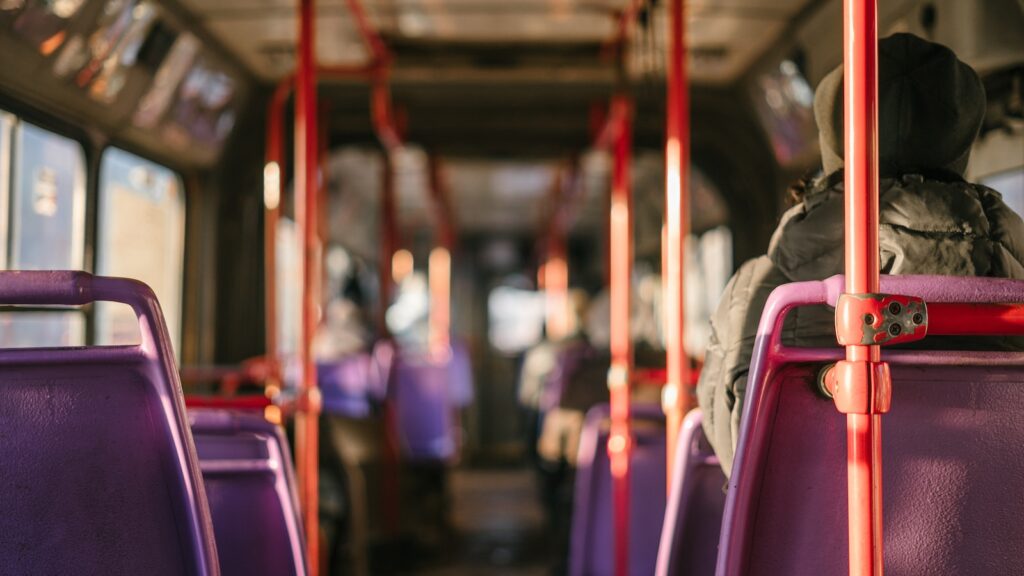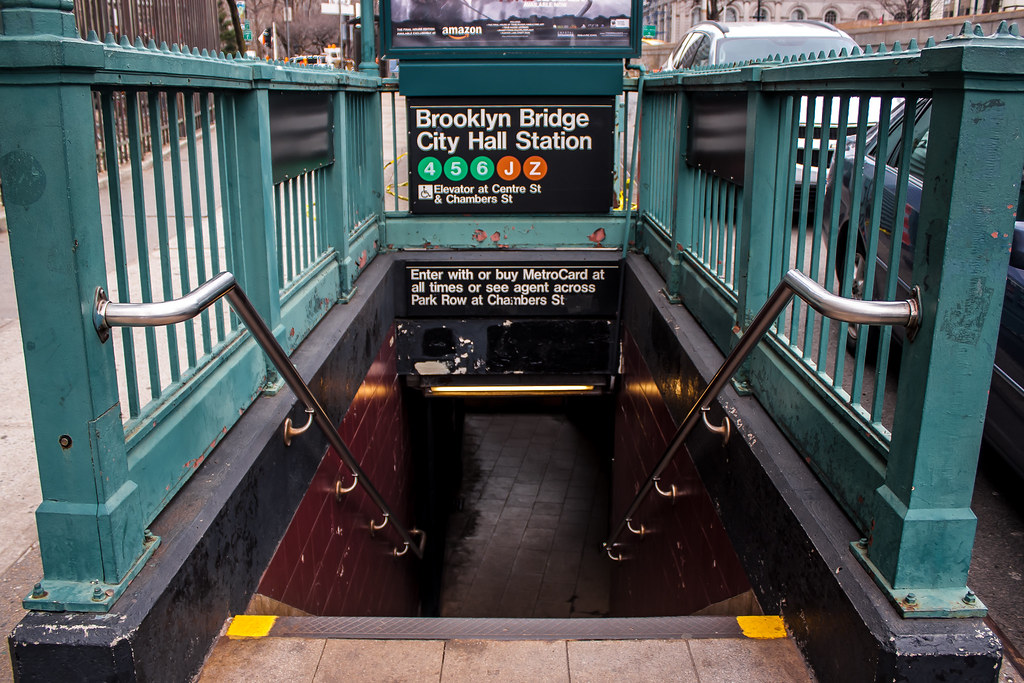Embarking on a daily bus commute can be a daunting experience, filled with uncertainties and frustrations. Navigating through crowded streets, deciphering complex schedules, and enduring uncomfortable journeys can take a toll on your sanity. Our ultimate guide to bus commute mastery is here to rescue you from the grip of commuting woes.
We understand the pain points of daily bus travelers like you and are committed to equipping you with the knowledge and strategies to conquer the city’s bus routes like a pro. Say goodbye to the stress and confusion as we unravel the secrets of efficient navigation, optimal comfort, and seamless experiences. Get ready to transform your bus commute from a source of frustration into a journey filled with confidence.
Table of Contents
Section 1: The Benefits of Bus Commuting
When it comes to commuting, the bus might just be the unsung hero of transportation. Beyond its practicality and convenience, bus commuting offers a host of benefits that can transform your daily journey. One of the most significant advantages is its positive impact on the environment. By opting for the bus, you actively contribute to reducing your carbon footprint and promoting sustainability. Imagine the collective impact if more people joined the bus commute revolution!
Another key benefit of bus commuting is the potential for substantial cost savings. With rising fuel prices, parking fees, and maintenance costs, owning and operating a car can take a toll on your wallet. Choosing the bus as your preferred mode of transportation can free up significant financial resources, which you can allocate toward more meaningful endeavors.

But the advantages of bus commuting extend beyond the financial realm. Aboard the bus, you have the freedom to relax, read a book, catch up on emails, or simply take a moment for yourself. The stress of navigating congested roads and the perpetual search for parking spaces becomes a thing of the past. Instead, you can enjoy a hassle-free commute, leaving the driving to the skilled bus operators.
Moreover, bus commuting allows you to connect with your community in a unique way. You share the journey with fellow commuters, fostering a sense of camaraderie and belonging. The bus becomes a microcosm of the city, bringing people from diverse backgrounds together, creating an opportunity for conversations and connections that might not have occurred otherwise.
Section 2: Understanding Bus Routes and Schedules
Embarking on a successful bus commute requires a solid grasp of the city’s intricate bus network, as well as the ability to interpret bus schedules effectively. By understanding bus routes and schedules, you can navigate the city with confidence and ensure a smooth and efficient journey.
To begin, familiarize yourself with the various bus routes available in your city. Take the time to study the route maps, identifying the bus stops that are most convenient for your starting point and destination. Pay attention to key landmarks, major intersections, and transfer points along the routes. By gaining this knowledge, you’ll be able to plan your journey more effectively and make informed decisions about which bus to take.
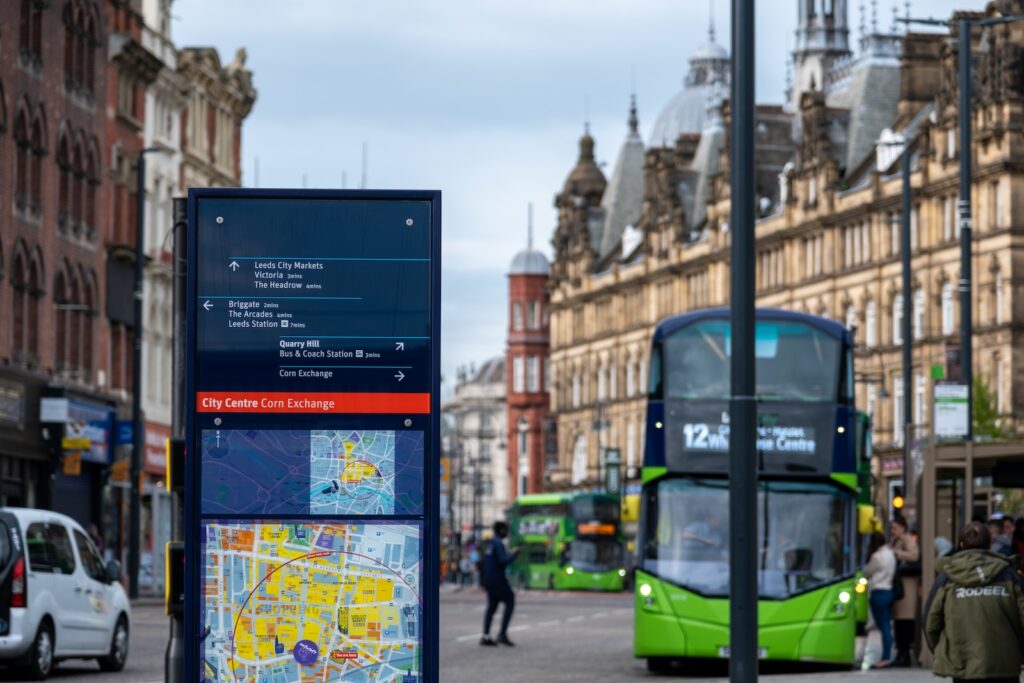
Next, it’s crucial to understand the intricacies of bus schedules. Bus schedules provide essential information about departure times, intervals between buses, and estimated arrival times. Take note of the peak and off-peak hours, as these can significantly impact the frequency and reliability of bus services. Utilize online resources or smartphone applications that provide real-time updates on bus schedules, ensuring you stay up to date with any changes or delays.
Planning your journey in advance is a key strategy for optimizing your bus commute. Consider factors such as the distance to the nearest bus stop, the time it takes to reach your destination, and any potential transfers you may need to make. Aim to arrive at the bus stop a few minutes early to avoid missing your bus and to allow for any unexpected delays.
By understanding bus routes and schedules, you can navigate the city’s bus network with confidence and precision. You’ll be equipped to make informed decisions, select the most efficient routes, and plan your journey effectively, saving time and minimizing any potential disruptions to your bus commute.
Section 3: Planning Your Bus Commute: Tips and Tricks
Efficiently planning your bus commute is crucial for a smooth and hassle-free journey. By implementing valuable tips and tricks, you can optimize your bus commute experience, saving time and ensuring a seamless transition from one location to another.
One essential tip is to research alternative bus routes. While sticking to the most direct route may seem convenient, exploring other options can sometimes offer shorter travel times or fewer transfers. Take the time to investigate different routes, considering factors such as traffic patterns, bus frequencies, and the proximity of bus stops to your origin and destination. By being open to alternative routes, you may discover more efficient and time-saving options for your bus commute.
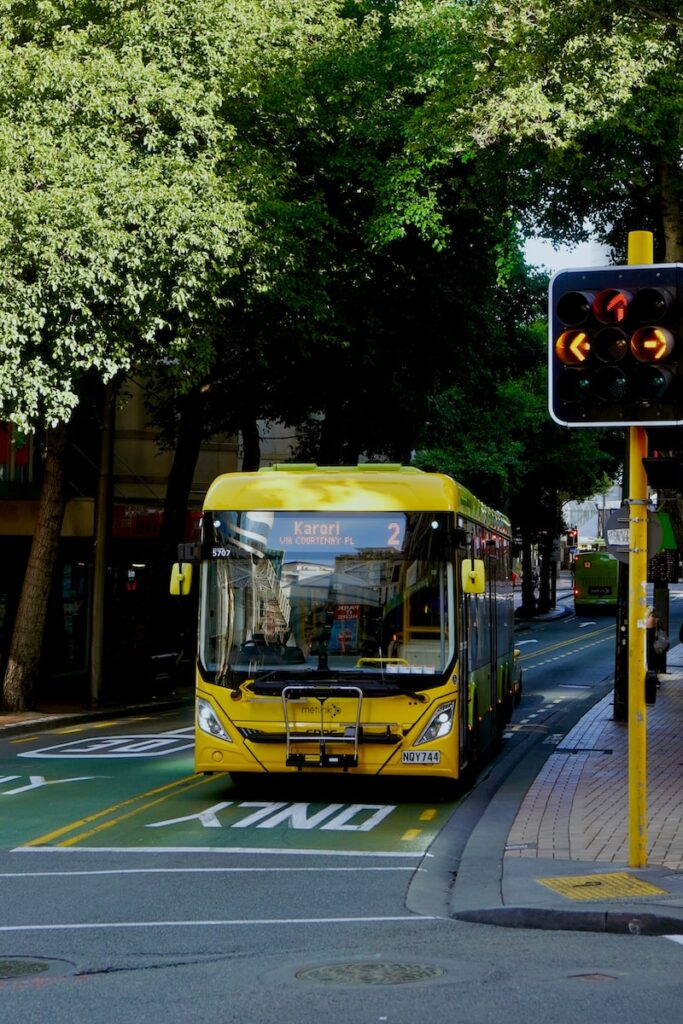
Identifying transfer points is another important aspect of planning your bus commute. Transfer points are locations where you switch buses to reach your final destination. Understanding the layout of transfer points and the schedules of connecting buses is vital to ensuring a seamless transition. Be mindful of the time you’ll need to transfer between buses and account for potential delays to avoid missing your connection.
Leveraging real-time bus tracking apps can greatly enhance your bus commute experience. These apps provide up-to-date information on bus locations, estimated arrival times, and any service disruptions. By utilizing such apps, you can plan your journey more accurately, make informed decisions on when to leave your location, and avoid unnecessary waiting times at bus stops. Real-time bus tracking apps empower you with real-time information, putting you in control of your bus commute.
Remember to plan your journey in advance, allowing for any unexpected delays or crowded buses during peak hours. Arriving at the bus stop a few minutes early ensures you won’t miss your bus and allows you to secure a comfortable spot on board. Stay informed about any service updates or changes by checking the official transit authority website or subscribing to their notifications.
Section 4: Making Your Bus Commute Comfortable
Your bus commute doesn’t have to be a tiresome experience. With a few simple strategies, you can maximize your comfort and make the most of your travel time. From choosing the right seat to bringing essential items and practicing relaxation techniques, here’s how you can enhance your bus commute experience.
Firstly, optimizing your seating choice can significantly improve your comfort. If you prefer a smoother ride, opt for a seat towards the front of the bus. For a quieter and more peaceful journey, choose a seat away from noisy areas like the rear or near the doors. Additionally, consider selecting a seat with extra legroom or near a window if these factors contribute to your comfort.
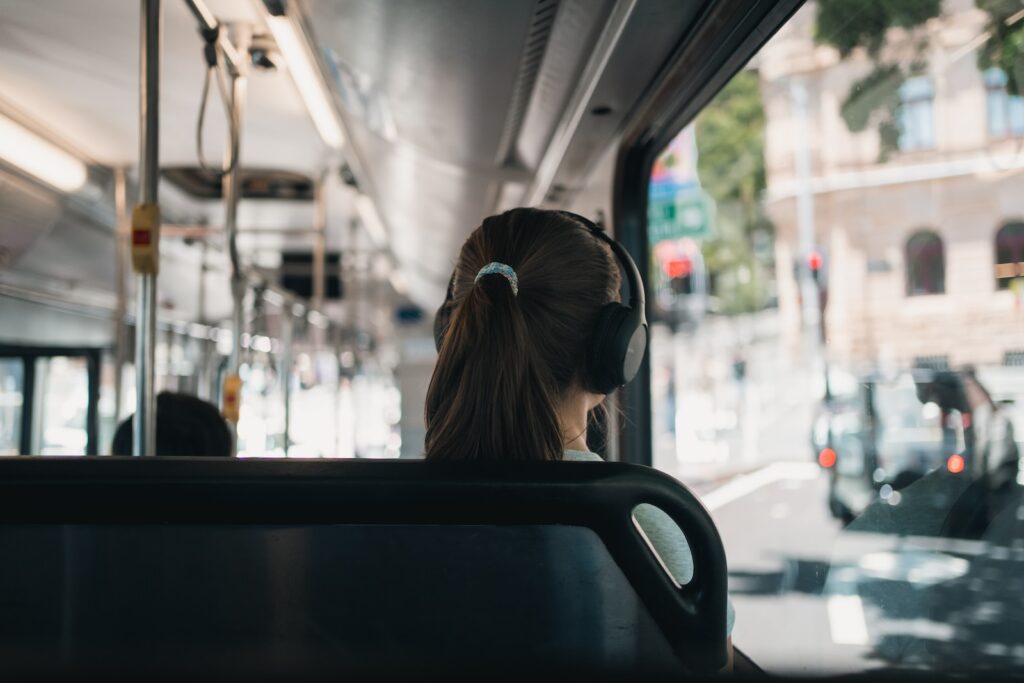
Bringing essential items for your bus commute is essential for a pleasant experience. Pack a comfortable cushion or pillow to support your back or neck during longer journeys. A cozy blanket or sweater can help you stay warm during colder weather. Don’t forget to bring a refillable water bottle to stay hydrated throughout the ride, and have a snack or small meal to keep your energy levels up.
To make the most of your travel time, implement relaxation techniques during your bus commute. Practice deep breathing exercises to promote relaxation and reduce stress. Engage in mindfulness meditation by focusing on your breath or observing the present moment. Listening to calming music or podcasts can also create a soothing atmosphere and help you unwind during the journey.
Remember to be mindful of your surroundings and respect the comfort of other passengers. Avoid playing loud music or engaging in disruptive behaviors that can disturb the peaceful atmosphere. Maintain personal hygiene by carrying hand sanitizer and tissues, ensuring a clean and pleasant environment for yourself and fellow passengers.
Section 5: Staying Safe on the Bus
When it comes to bus commuting, prioritizing safety is of utmost importance. By adopting essential safety practices, you can ensure a secure and worry-free commute. From boarding and disembarking the bus safely to handling challenging situations and being aware of your surroundings, here’s how you can stay safe during your bus commute.
First and foremost, make sure to board and disembark the bus safely. Wait for the bus at designated stops and be mindful of traffic while crossing the street. As the bus approaches, allow passengers to exit before entering, and use handrails while boarding to maintain your balance. When getting off, use the designated exits and be cautious of any oncoming traffic.

Dealing with challenging situations is another aspect of bus safety. If you encounter any disruptive or concerning behavior, try to remain calm and avoid confrontation. If necessary, notify the bus driver or contact the appropriate authorities. It’s essential to prioritize your personal safety and the safety of other passengers.
Being aware of your surroundings is key to staying safe on the bus. Pay attention to your surroundings and the people around you. Keep your belongings secure and within sight to prevent theft. If you’re traveling during late hours, consider sitting closer to the driver or in well-lit areas. Trust your instincts and, if something feels off, don’t hesitate to seek assistance.
Additionally, familiarize yourself with the emergency procedures and safety features of the bus. Locate the emergency exits and be aware of how to use them in case of an emergency. Familiarize yourself with any safety instructions or guidelines provided by the bus operator.
Section 6: Dealing with Challenges and Delays
While bus commuting offers convenience, it’s not immune to challenges and delays. It’s essential to be prepared and equipped with strategies to handle unexpected situations that may arise during your bus commute. By adopting effective strategies, you can minimize frustration and maintain a smooth journey. Here’s how you can navigate through challenges and delays.
One common challenge during bus commuting is traffic congestion. To mitigate its impact, consider planning your commute during off-peak hours when traffic is lighter. Stay updated with real-time traffic information and utilize navigation apps to find alternative routes if necessary. Being proactive and allowing extra time for potential delays can make a significant difference in your commute experience.

Detours and route diversions can also disrupt your bus commute. Stay informed about any planned detours or service changes by checking the transit agency’s website or utilizing dedicated mobile apps. Familiarize yourself with alternative routes in advance, so you can quickly adapt if your regular route is affected. Being flexible and prepared for diversions can help you navigate through unexpected changes with ease.
Unforeseen service disruptions can occur due to various reasons, such as weather conditions or mechanical issues. In such situations, it’s crucial to stay patient and seek updates from the transit authority or bus driver. They can provide information on alternative transportation options or estimated wait times. Consider having a backup plan, such as knowing nearby bus stops or alternative modes of transportation, in case of major disruptions.
During challenges and delays, practicing patience and maintaining a positive mindset is key. Use this time to engage in activities you enjoy, such as reading a book or listening to a podcast. Stay connected with the transit agency’s official channels for the latest updates and announcements.
Section 7: Exploring Bus Commuting Etiquette
When it comes to bus commuting, practicing proper etiquette is essential for a pleasant and harmonious experience for everyone on board. By understanding and adhering to the unspoken rules of bus etiquette, you can create a positive atmosphere and make your bus commute more enjoyable. Let’s explore some key aspects of bus commuting etiquette.
Seating etiquette is an important consideration during your bus commute. Offer priority seating to individuals with special needs, such as elderly passengers, pregnant women, or those with disabilities. If you occupy priority seating and someone who needs it boards the bus, graciously offer your seat. Respecting personal space is also crucial. Avoid spreading out belongings or encroaching on adjacent seats, allowing others to have their space.
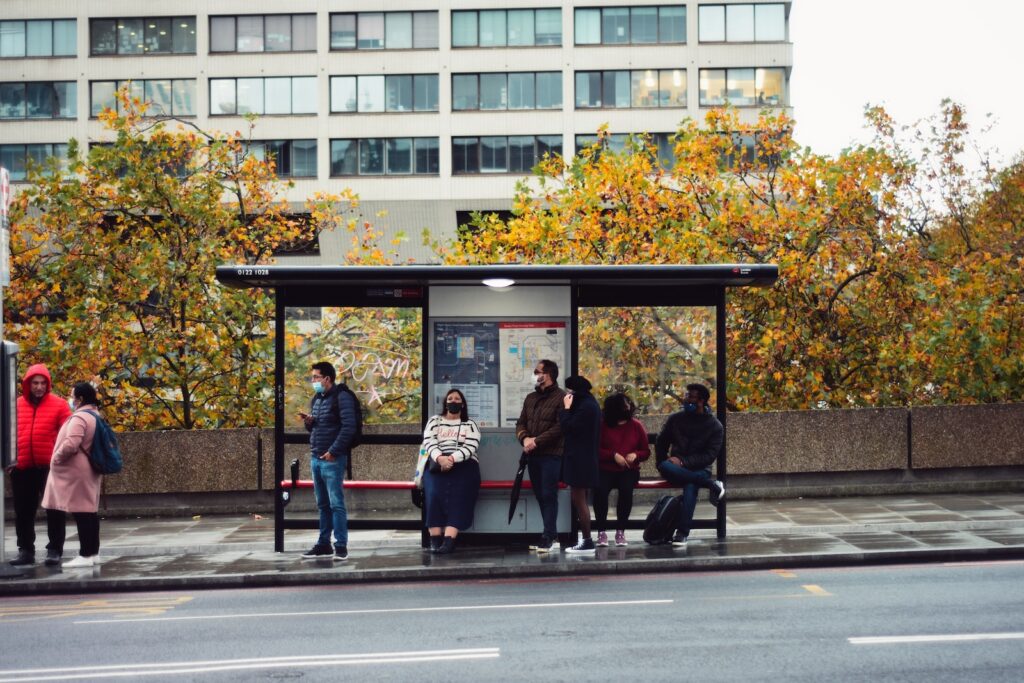
Interacting with the bus driver and fellow commuters requires courtesy and respect. When boarding the bus, greet the driver with a friendly smile or a simple “hello.” If you have questions or need assistance, politely ask the driver. Be mindful of your volume when engaging in conversations with others, ensuring that your voice doesn’t disturb fellow passengers. Avoid playing loud music or engaging in disruptive behavior that may disrupt the tranquility of the bus.
Maintaining cleanliness is another important aspect of bus commuting etiquette. Dispose of any trash in the designated bins or carry it with you until you reach an appropriate disposal point. Keep your personal belongings organized and contained to avoid inconveniencing other passengers. Avoid bringing strong-smelling foods onto the bus, as it may bother fellow commuters with sensitivities or allergies.
Remember, practicing bus commuting etiquette fosters a positive and respectful environment for everyone. By being mindful of others, showing consideration, and adhering to these etiquette guidelines, you contribute to a more pleasant and harmonious bus commute experience. You can learn more about this topic with Public Transit Etiquette: 10 Essential Tips for Mastering Commuter Courtesy
Section 8: Saving Money with Bus Commute Hacks
If you’re looking to cut down on transportation expenses, bus commuting can be a smart and budget-friendly choice. By exploring money-saving hacks and implementing cost-effective strategies, you can make your bus commute even more economical. Let’s delve into some valuable tips for saving money on your bus commute.
One of the most effective ways to save money on bus commuting is by taking advantage of discounted passes or fare options. Many cities offer discounted monthly or annual passes that provide unlimited bus rides at a reduced cost compared to single fares. Look into these passes and determine if they align with your commuting needs and budget.
Another money-saving hack is to explore different fare payment options. Some transit agencies offer mobile payment apps or reloadable smart cards that provide discounted fares or loyalty rewards. By using these convenient and cost-effective payment methods, you can save money on each bus trip.
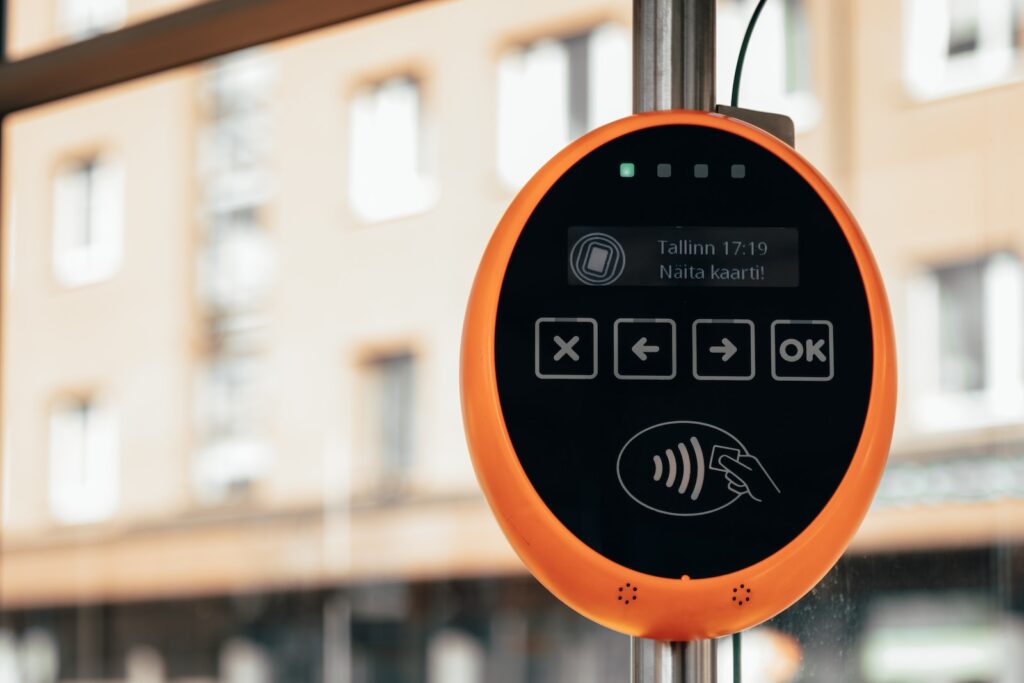
Additionally, consider utilizing transit benefits programs if they are available to you. Some employers offer pre-tax deductions for transit expenses, allowing you to use pre-tax dollars to pay for your bus commute. This can result in significant savings over time, as you reduce your taxable income while covering your transportation costs.
To maximize your savings, it’s also worth exploring any special promotions or discounts offered by your local transit agency. They may occasionally run promotions for discounted fares or provide incentives for frequent bus commuters. Stay informed about these opportunities through their website, social media channels, or email newsletters.
By implementing these money-saving hacks and strategies, you can make your bus commute a more cost-effective option for daily travel. Saving money on transportation expenses not only benefits your budget but also contributes to a sustainable and environmentally friendly lifestyle. Embrace these bus commute hacks and enjoy the financial advantages they bring.
Section 9: Leveraging Technology for an Enhanced Bus Commute
In today’s digital age, technology plays a significant role in improving various aspects of our lives, including our daily commutes. When it comes to bus commuting, leveraging technology can enhance your experience and make your journey more convenient and efficient. Let’s explore how you can harness the power of technology to optimize your bus commute.
One of the key ways technology can enhance your bus commute is through mobile apps specifically designed for route planning and real-time updates. These apps provide valuable information about bus schedules, routes, and estimated arrival times. By using these apps, you can plan your journey effectively, avoid unnecessary waits at bus stops, and stay informed about any delays or service disruptions. Whether you prefer a dedicated transit app or a navigation app with public transportation integration, there are various options available to suit your needs.

Another technological advancement that can greatly improve your bus commute is the use of smart transit cards or digital payment systems. These cards, often equipped with contactless payment technology, allow for quick and convenient fare payment without the need for physical tickets or exact change. They offer a seamless and hassle-free way to board buses, eliminating the time-consuming process of purchasing and validating tickets. Additionally, some cities have introduced mobile payment options, allowing you to pay for your bus fare directly from your smartphone.
Furthermore, technology has enabled the development of innovative features such as real-time bus tracking and notifications. With these tools, you can stay updated on the location and estimated arrival time of your bus, ensuring you never miss your ride. Some transit agencies even provide alerts about crowded buses or alternative routes, enabling you to make informed decisions and optimize your commute.
By leveraging technology, you can streamline your bus commute and make it a more seamless and enjoyable experience. Whether it’s using route planning apps, adopting smart transit cards, or staying informed through real-time updates, embracing these technological advancements empowers you to take control of your bus commuting journey.
Section 10: Sustainable and Eco-Friendly Bus Commuting
In today’s world, where environmental sustainability is a growing concern, bus commuting offers a significant opportunity to contribute to a greener and cleaner city. By choosing the bus as your preferred mode of transportation, you can actively reduce your carbon footprint and make a positive impact on the environment. Let’s delve into the ways you can make your bus commute more sustainable and embrace eco-friendly initiatives.
One of the key aspects of sustainable bus commuting is the adoption of eco-friendly buses. Many cities have introduced hybrid or electric buses into their fleet, which significantly reduce greenhouse gas emissions and air pollution. These buses utilize advanced technologies that promote fuel efficiency and minimize environmental impact. By supporting and advocating for the use of such buses, you can play a crucial role in encouraging the transition towards a more sustainable public transportation system.
Another sustainable practice to incorporate into your bus commute is utilizing bike and ride programs. Many cities offer bike-sharing or bike rental services near bus stops or transit hubs, allowing you to combine cycling with your bus commute. This not only promotes a healthier and more active lifestyle but also reduces reliance on private vehicles and further minimizes carbon emissions.

Additionally, you can contribute to a greener city by actively advocating for public transportation policies that prioritize sustainability. This can include supporting initiatives for expanded and improved bus networks, advocating for the allocation of resources towards sustainable transportation infrastructure, and engaging with local authorities to promote the importance of public transportation in reducing congestion and carbon emissions. If you want to wake up your inner Eco-Warrior Commuter, read this article.
By embracing sustainable and eco-friendly practices in your bus commute, you become an agent of change in building a greener future. Your decision to choose the bus over private vehicles demonstrates your commitment to environmental sustainability and sets an example for others to follow.
Congratulations! You’ve now become a Bus Commute Master. By applying the strategies and tips covered in this comprehensive guide, you’re equipped to conquer the city like a pro and enjoy a stress-free, comfortable, and sustainable bus commuting experience. Embrace the convenience, affordability, and environmental benefits of bus commuting, and make your daily commute a breeze. Safe travels!

